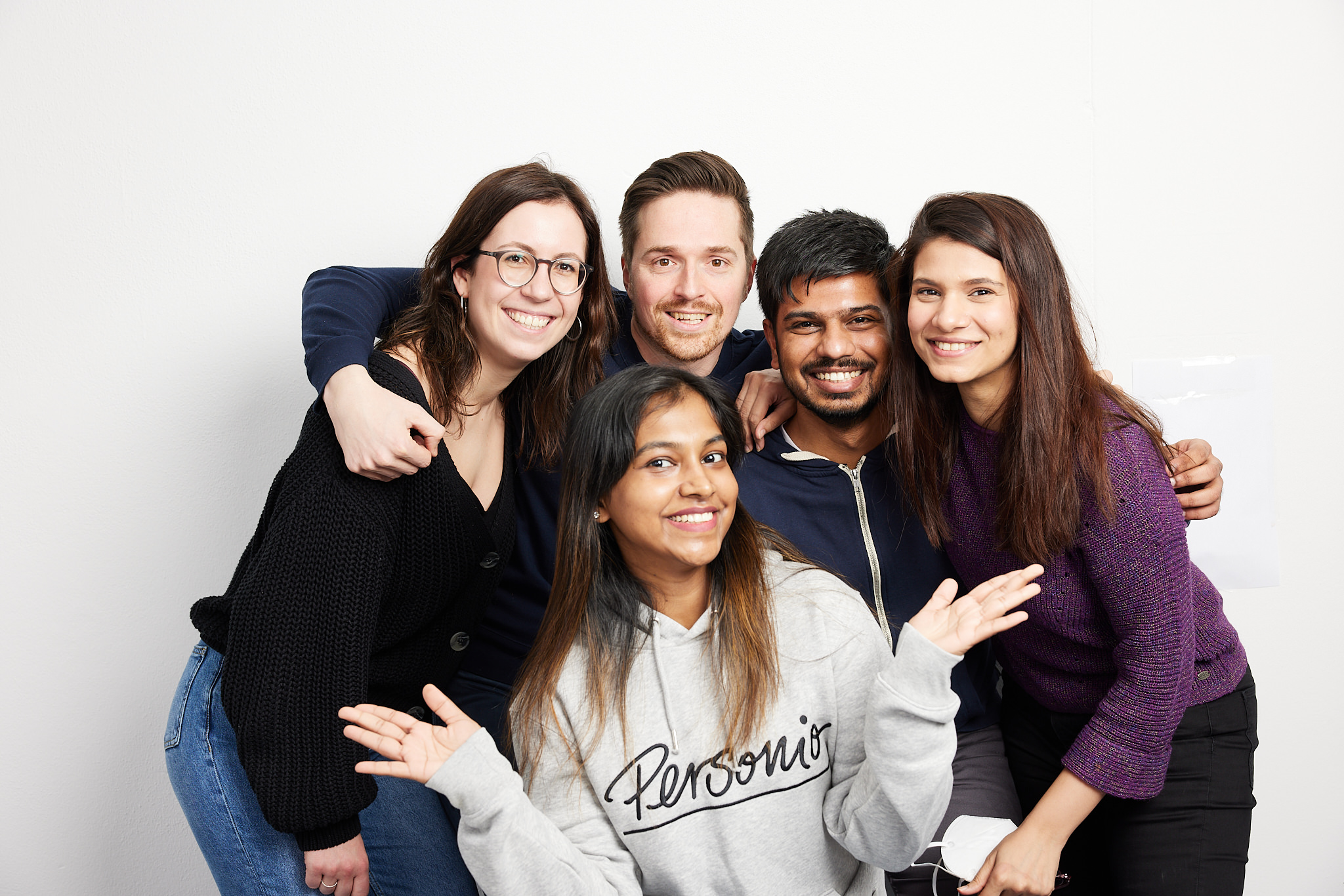Latest Blog Posts
How does affinity bias affect organisations?

In the pursuit of fostering a diverse and inclusive workplace, unconscious biases like affinity bias can undermine those efforts entirely. Affinity bias, also known as similarity bias, is the tendency to favour individuals who share similar backgrounds, interests or characteristics.
Throughout this article, we delve into the concept of affinity bias, its implications, and strategies to mitigate its impact within organisations.
Sign up and gain instant free access to our Personio Masterclass on DEI today.What is affinity bias?
Affinity bias is a type of unconscious bias that gravitates people toward those who are similar to themselves. This similarity can be based on various factors, including background, interests, beliefs or even physical appearance. While it is natural to feel more comfortable around people who share our experiences and viewpoints, this bias can lead to a lack of diversity and inclusivity in the workplace.
What are the causes of affinity bias?
There are several factors that contribute to feeling an affinity bias toward someone in the workplace. The first is a sense of validation and comfort, being around people who share our views and experiences can be more comforting than challenging — which allows people to avoid moments of disagreement.
Additionally, there is a certain cognitive ease to affinity bias. The fact is that our brains tend to take shortcuts to save energy, associating similarity with safety and trustworthiness, which can lead to biassed decision-making. While it may be more comfortable, it most certainly can lead to diminishing results.
What are the implications of affinity bias?
Especially for organisations, affinity bias can have a disastrous effect on culture and organisational performance. Here are some of the places where it surfaces the most:
Hiring practices | When hiring managers favour candidates who are similar to themselves, it can result in a homogenous workforce, limiting diversity and innovation. |
Promotion and development | Employees who share similarities with their supervisors may receive more opportunities for advancement, while others are overlooked, leading to unequal career progression. |
Team Dynamics | Affinity bias can create cliques and exclude individuals who do not fit the mould, fostering an environment of exclusion rather than inclusion. |
What are examples of affinity bias at work?
Affinity bias can manifest in subtle ways, often going unnoticed. Some common examples include:
Hiring: Preferring candidates from the same alma mater or those who share similar hobbies.
Performance: Giving higher ratings to employees who have similar work styles or interests.
Assignments: Assigning projects to individuals who are part of the same social circles.
To create a more inclusive workplace, it’s vital to recognise and address affinity bias. Here are some strategies that HR teams can take to address things:
Awareness and education: Conduct bias training sessions to raise awareness about all types of biases at work. Encourage your employees to identify and reflect on their own biases and how they influence their decisions at work.
Structured processes: Consider implementing structured and standardised processes for hiring, performance reviews and promotions to ensure fairness and objectivity. You can do this through policy creation, training and third-party observation.
Diverse hiring panels: Assemble diverse hiring panels to bring multiple perspectives to the recruitment process, reducing the likelihood of affinity bias. This is crucial for when you want to bring new voices and stretch the bounds of your organisational thinking.
Blind recruitment: Use blind recruitment techniques, such as anonymising CVs, to focus on candidates' skills and qualifications rather than their backgrounds.
Inclusive job descriptions: Craft job descriptions that use inclusive language and highlight the value of diverse experiences and perspectives.
How can you use HR software to combat affinity bias?
HR tech can be a powerful ally in the fight against affinity bias. HR professionals can leverage various tools and platforms to promote fairness and inclusivity:
HR analytics: Use HR analytics to track diversity metrics and identify areas where bias may be impacting decision-making.
Employee surveys: Conduct regular employee surveys to gather feedback on the inclusivity of the workplace and identify areas for improvement.
Training platforms: Utilise online training platforms to deliver bias awareness and inclusion training to employees at all levels.
Help make affinity bias history
Affinity bias is a significant barrier to achieving diversity and inclusion in the workplace. By recognising and addressing this bias, HR professionals can create a more equitable and inclusive environment.
Through things like awareness, structured processes, diverse hiring panels and the use of technology, organisations can mitigate the impact of affinity bias and foster a culture where all employees feel valued and included.
Ready to take the next step in creating an inclusive workplace? Discover how Personio can help enhance all of your HR practices. Speak with an expert today.


